Wildlife photography isn’t just about taking clear pictures, it’s about telling a story. Capturing animals in action, showcasing their interactions, and snapping unique moments can make your photos more engaging and exciting. This guide will help you learn how to photograph wildlife behavior effectively, keeping viewers immersed in your images.
1. Observe and Anticipate Animal Behavior for Better Wildlife Photography

Great wildlife photographers spend more time watching animals than taking pictures. Understanding their actions will help you capture better shots.
- Learn how animals move, eat, and interact with one another.
- Watch for signs that something is about to happen, like a bird crouching before flight or a predator preparing to pounce.
- Be patient! Waiting for the perfect moment can result in far better shots than snapping quick, random pictures.
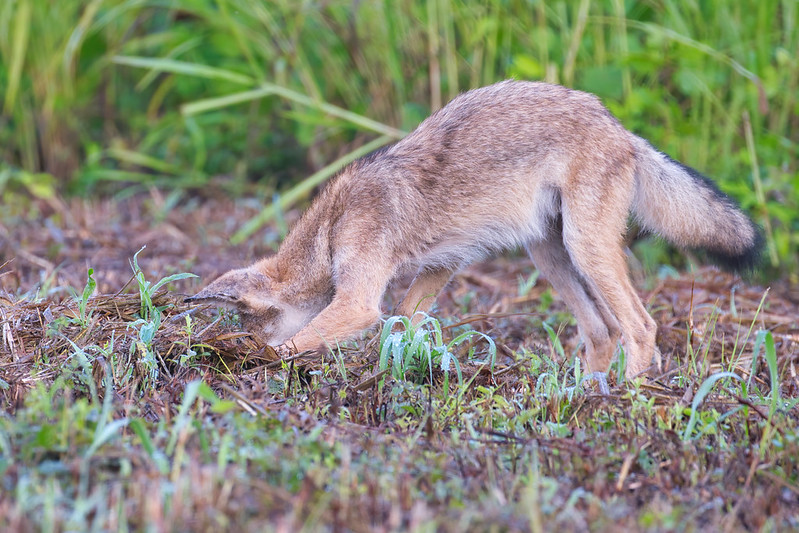
2. Capture Social Interactions and Unique Behaviors in Wildlife Photography
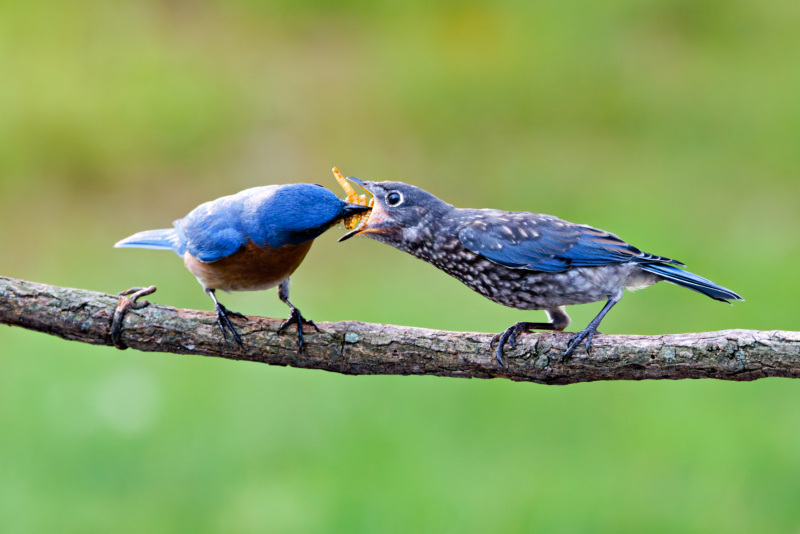
The best wildlife photos tell a story through interactions and special moments.
- Photograph parents feeding, grooming, or protecting their young.
- Capture group dynamics, such as herds, packs, or flocks moving together.
- Look for interesting behaviors like playing, fighting, or courtship displays.
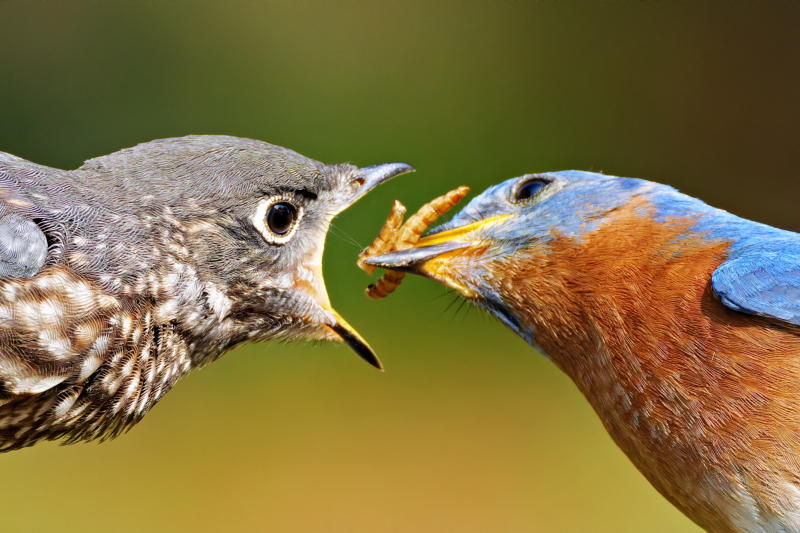
3. Use the Right Camera Settings for Action-Packed Wildlife Behavior Shots
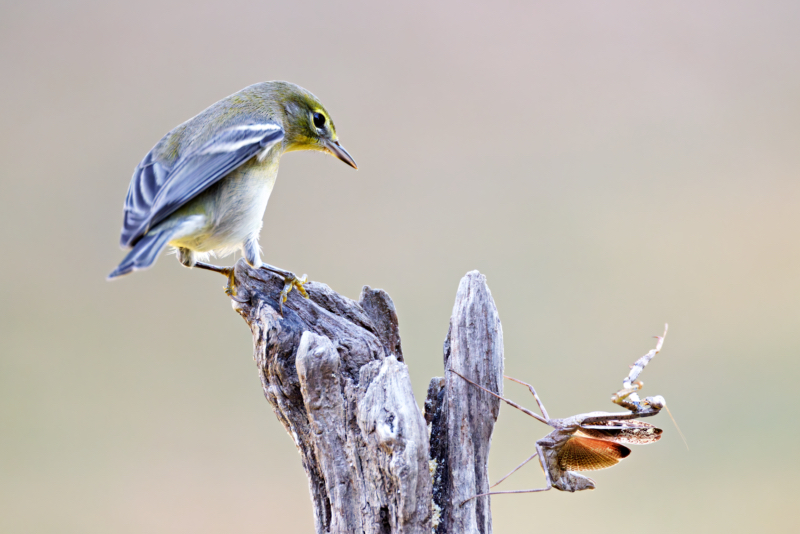
Wildlife behavior can be unpredictable and fast-paced, so it’s essential to have your camera set correctly.
- Use a fast shutter speed (1/1000s or higher) to freeze motion and avoid blur.
- Set your camera to continuous autofocus (AF-C/AI Servo) to track moving subjects.
- Shoot in burst mode to capture multiple frames of quick movements.
- Use a medium aperture (f/5.6 – f/8) to keep your subject in focus while maintaining some background detail.

4. Frame Your Wildlife Photos for Stronger Storytelling
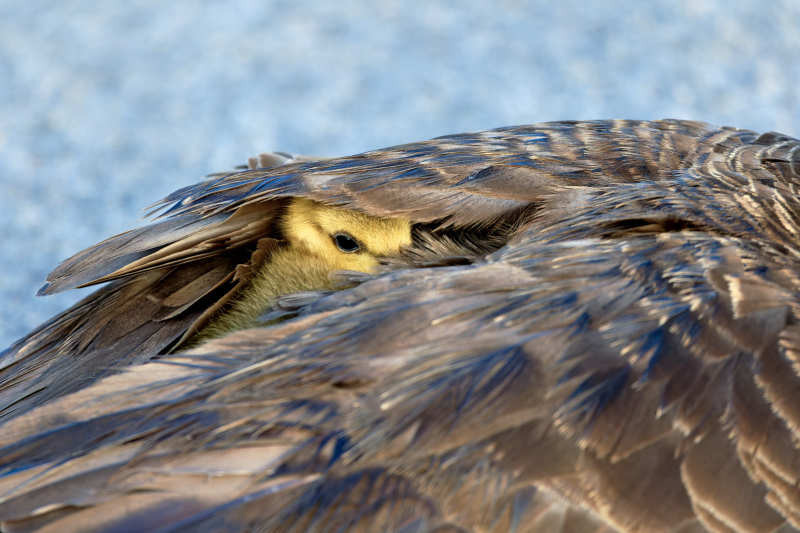
Composition plays a key role in storytelling and guiding the viewer’s eye.
- Include the surroundings to provide context and show where the animal lives.
- Use natural lines, such as rivers or trails, to lead the viewer’s eye through the image.
- Leave space in front of a moving animal to create a sense of movement and direction.
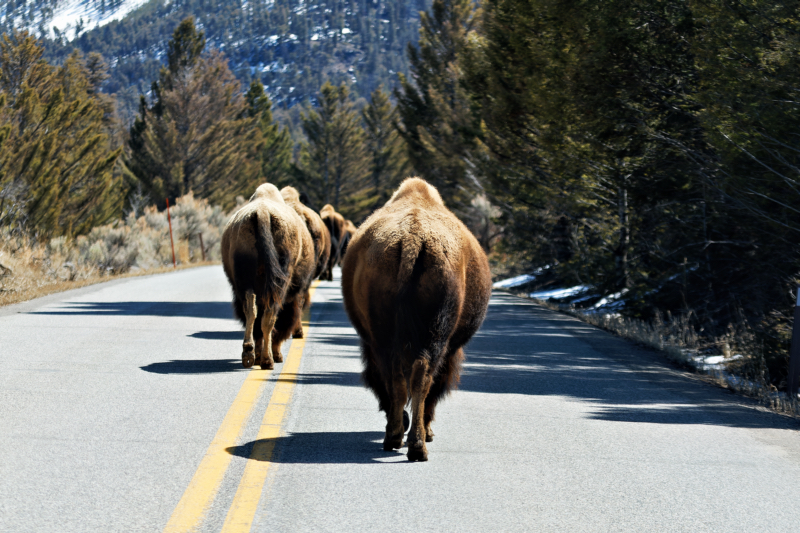
5. Capture Expressions and Small Details to Enhance Wildlife Storytelling
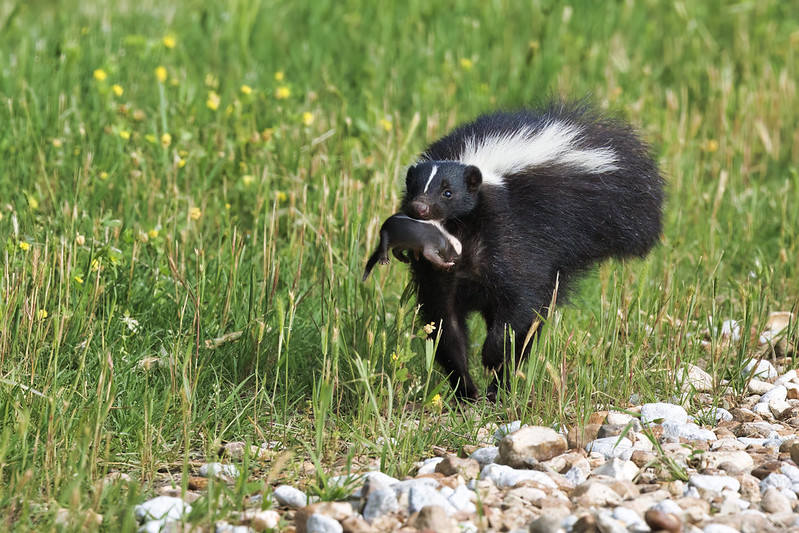
Facial expressions and body language can make wildlife photos feel more relatable.
- Focus on an animal’s eyes to create a connection with the viewer.
- Look for signs of emotion, such as raised fur, puffed-up feathers, or tense muscles.
- Take close-ups of unique details, like a hawk’s intense gaze or a baby animal being fed.
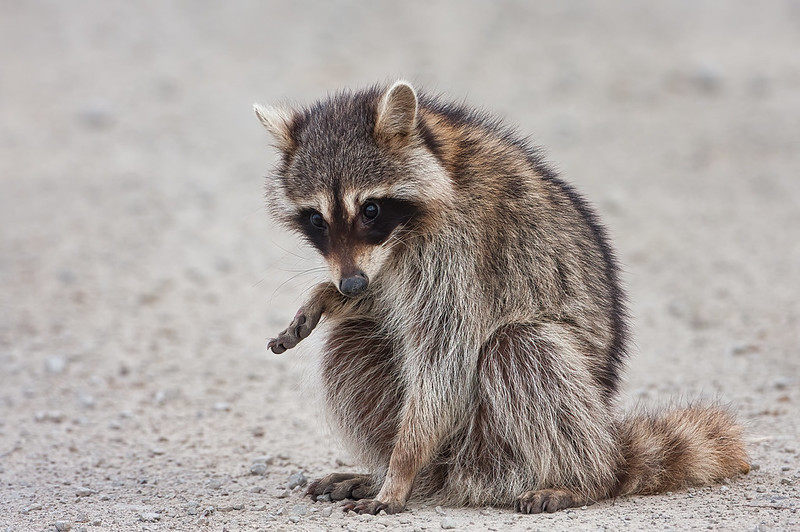
6. Use Natural Light to Enhance Wildlife Photography Mood and Impact

Lighting can dramatically impact the mood and quality of your wildlife photos.
- Golden hour (early morning or late afternoon) adds warmth and drama to action shots like hunting or playing.
- Backlighting can highlight movement, such as dust flying as an animal runs.
- Cloudy days provide soft, even lighting that works well for capturing intimate moments like grooming or bonding.

7. Respect Wildlife and Stay Safe While Photographing Animal Behavior
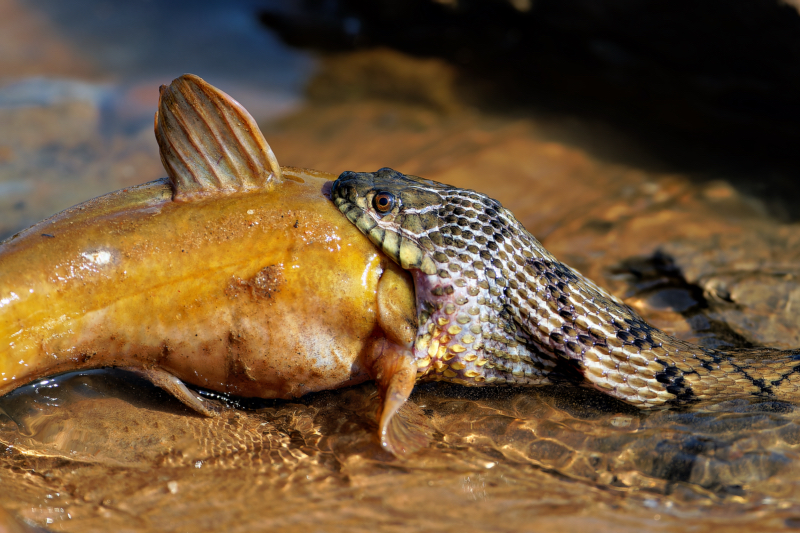
While capturing animal behavior is exciting, it’s important to respect wildlife and their habitats.
- Never disturb an animal’s natural behavior, let things unfold naturally.
- Maintain a safe distance to avoid stressing the animals.
- Use a zoom lens to capture close-up shots without interfering with their actions.
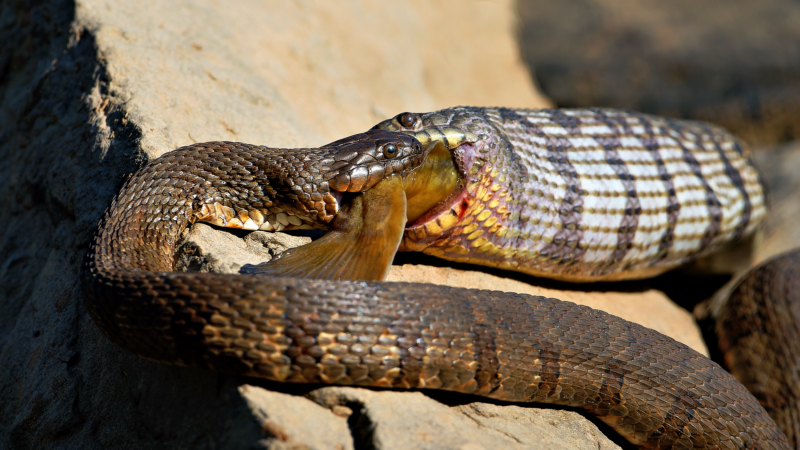
Final Thoughts on Wildlife Behavior Photography
Focusing on wildlife behavior instead of just static portraits can make your photography more dynamic and meaningful. Understanding animal movements, using the right camera settings, and composing your shots carefully will help you capture stunning images that tell compelling stories.
Next Week: “Backlighting in Wildlife Photography.” Stay tuned!

Steve, capturing these behaviors adds to the emotional depth of the photos .
I really felt like I was right there with the animals.
This is a great series and I really enjoyed it!
Thank you!
Thank you!
So many wonderful photos Steve! My favorites would be the skunks and White-Tailed Deer – though those prairie dogs are beautiful too :-) This series of posts has been really interesting.
Stephen
Thank you!